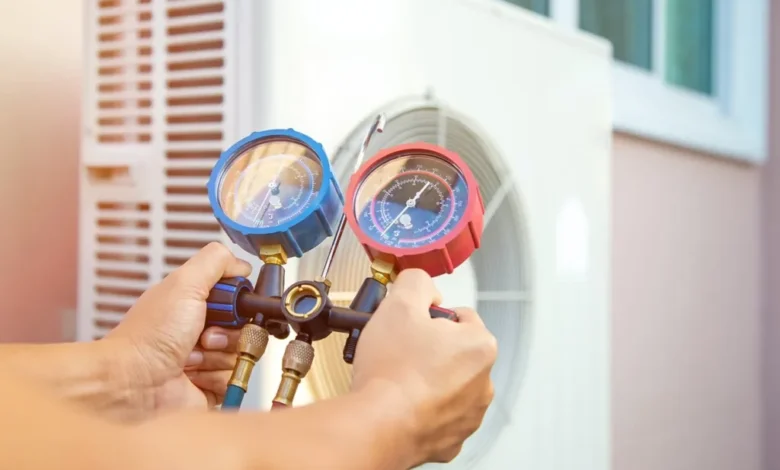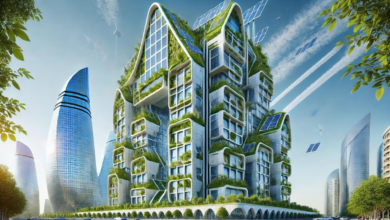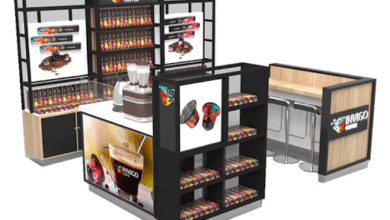Efficient Comfort Redefined: A Complete Guide to Heat Pump System Integration

In the pursuit of energy-efficient, environmentally responsible heating and cooling solutions, heat pumps have emerged as a top contender for both residential and commercial properties. Combining cutting-edge technology with reliable performance, heat pumps offer an all-in-one climate control system that not only reduces energy consumption but also enhances year-round comfort.
As utility costs rise and sustainability becomes a top priority, more property owners are turning to this highly efficient alternative to traditional HVAC systems. Whether you’re building a new property or upgrading an outdated system, understanding the ins and outs of Heat Pump Installation can help you make an informed decision that benefits your home, budget, and the environment.
What Is a Heat Pump?
A heat pump is a versatile HVAC device that both heats and cools a space by transferring thermal energy rather than generating it. Unlike a furnace or boiler that produces heat, a heat pump moves heat from one area to another—drawing warmth from outside during winter and reversing the process to expel heat outside during summer.
Core Components Include:
- Outdoor Unit (Compressor/Condenser)
- Indoor Unit (Air Handler or Evaporator Coil)
- Refrigerant Lines
- Reversing Valve
- Thermostat or Smart Controller
Heat pumps are suitable for various climates and come in multiple forms, including air-source, ground-source (geothermal), and ductless mini-split systems. The flexibility and energy-saving potential of these systems make them a strong option for homeowners looking to optimize comfort and efficiency simultaneously.
Benefits of Installing a Heat Pump
There are numerous reasons why heat pumps are becoming increasingly popular across a wide spectrum of properties. These systems offer a range of advantages that go beyond just heating and cooling.
1. Energy Efficiency
Heat pumps can be up to three times more efficient than traditional heating methods. Since they move heat instead of generating it, they consume significantly less electricity, resulting in lower utility bills.
2. Year-Round Comfort
With a single system providing both heating and cooling, users can maintain consistent indoor comfort without installing separate equipment for each function.
3. Eco-Friendly Operation
Heat pumps contribute to a smaller carbon footprint by using electricity efficiently and reducing the need for fossil fuels. Some models can even be powered by renewable energy sources like solar panels.
4. Consistent Indoor Air Quality
Many modern systems include air filtration and humidity control, which improves overall air quality and helps manage allergens and airborne particles.
5. Low Maintenance
While maintenance is still important, heat pumps generally require less frequent servicing compared to combustion-based systems. Regular filter changes and occasional inspections are usually sufficient to keep the system running optimally.
What to Consider Before Installation
Before committing to Heat Pump Installation, it’s important to evaluate your property’s specific needs and assess several factors that could impact system performance and cost.
1. Climate and Temperature Extremes
While heat pumps work well in a variety of climates, certain models are better suited for colder regions. Cold-climate air-source models and hybrid systems can handle low temperatures more effectively.
2. Home Size and Layout
Proper sizing is critical. An undersized system may struggle to maintain comfortable temperatures, while an oversized system could short-cycle and reduce efficiency.
3. Existing Ductwork or Infrastructure
Homes with existing duct systems can often integrate a central heat pump system more easily. For ductless or retrofit applications, mini-split models offer greater flexibility.
4. Energy Efficiency Goals
Consider your broader energy-saving goals. Some homeowners pair heat pumps with programmable thermostats, solar panels, or other smart home integrations to further improve efficiency.
5. Budget and Long-Term Costs
While upfront installation costs may be higher than a traditional system, the long-term savings in energy bills and potential tax incentives can make it a financially wise investment.
The Installation Process Explained
Installing a heat pump is a technical task that requires expertise in HVAC systems, electrical work, and in some cases, refrigerant handling. While general steps may vary depending on system type, here’s a typical breakdown of what to expect during Heat Pump Installation:
Step 1: Site Assessment
A technician conducts a thorough evaluation of the property, including insulation, square footage, windows, and existing HVAC components. This helps determine the correct system size and configuration.
Step 2: System Selection
Based on the assessment, an appropriate heat pump system is selected—whether it’s air-source, ground-source, or ductless mini-split. Efficiency ratings like SEER (Seasonal Energy Efficiency Ratio) and HSPF (Heating Seasonal Performance Factor) are also considered.
Step 3: Pre-Installation Preparation
For homes with ductwork, existing vents and returns are inspected and may be cleaned or sealed. In the case of ductless systems, wall units are positioned and mounting brackets are installed.
Step 4: Installation of Outdoor and Indoor Units
The outdoor unit is mounted on a stable platform, typically a concrete or composite pad, and connected to the indoor unit(s) via refrigerant lines and electrical wiring.
Step 5: Electrical and Control Connections
Power is routed from the electrical panel to the system, and a thermostat or smart controller is installed for user control.
Step 6: System Testing and Calibration
Once connected, the system is tested for refrigerant levels, airflow, and performance. The installer ensures there are no leaks, and calibrates the system for maximum efficiency and comfort.
Step 7: Homeowner Training
A walk-through of system operation, maintenance tips, and warranty information is provided to ensure the homeowner understands how to use and care for the system properly.
Common Challenges and Solutions
Although heat pump systems are generally reliable, issues can arise if the installation or design is flawed. Here are common challenges—and how to avoid them:
- Improper Sizing: Leads to poor efficiency and discomfort. Always insist on a load calculation based on Manual J standards.
- Poor Duct Design: Leaks or restrictions in ductwork can significantly reduce system performance. Duct sealing or redesign may be required.
- Inadequate Insulation: Heat pumps rely on a well-sealed home. Address air leaks and insulation before installation.
- Incorrect Thermostat Settings: Misconfigured controls can lead to excessive energy use. Ensure settings are optimized for your lifestyle and climate.
Working with an experienced contractor significantly reduces the likelihood of these problems.
Maintenance and Longevity
To maximize the benefits of your system, regular maintenance is key. Most heat pumps last 15–20 years when properly maintained. A few simple steps can ensure consistent performance:
- Change or clean filters monthly
- Inspect coils and fan blades seasonally
- Clear outdoor unit of leaves and debris
- Schedule professional tune-ups twice a year
Routine care reduces the chance of breakdowns, maintains energy efficiency, and extends system life.
Rebates, Incentives, and Financing
Many governments and utility providers offer incentives for installing energy-efficient systems like heat pumps. These can take the form of:
- Federal tax credits
- State or utility company rebates
- Low-interest financing programs
- Energy efficiency grants for green renovations
Before starting your project, research local and national programs to maximize your return on investment.
Choosing the Right Contractor
The success of your Heat Pump Installation depends largely on the contractor you choose. Here’s what to look for:
- Licensing and Certification: Ensure they are certified by HVAC associations and authorized to handle refrigerants.
- Experience and Reviews: Look for proven results, testimonials, and professional reputation.
- Detailed Estimates: A good contractor will offer transparent pricing, timelines, and system specs.
- Warranty and Support: Ask about workmanship guarantees and manufacturer warranties.
Taking time to choose the right professional pays off in peace of mind, quality work, and long-term performance.
Final Thoughts
Heat pump systems represent a powerful blend of innovation, energy savings, and environmental responsibility. As more homeowners look to reduce their carbon footprint and lower energy bills, the benefits of this versatile solution are clear. Whether replacing an aging furnace or building a new high-efficiency home, Heat Pump Installation offers a smart, sustainable path to indoor comfort.
By understanding how these systems work, what to consider before installation, and how to care for them long-term, property owners can enjoy dependable performance, healthier air, and greater control over their indoor environment—all while making a positive impact on the planet.




